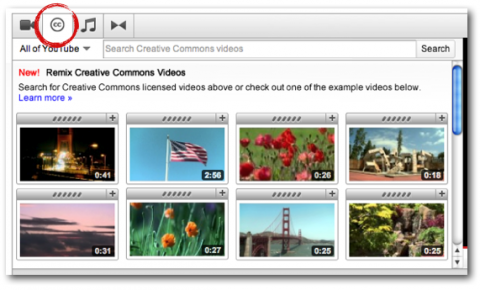In 1941, director Dave Fleischer and Paramount Pictures animators Steve Muffati and George Germanetti produced Superman: The Mechanical Monsters — a big-budget animated adaptation of the popular Superman comics of that period, in which a mad scientist unleashes robots to rob banks and loot museums, and Superman, naturally, saves the day. It was one of seventeen films that raised the bar for theatrical shorts and are even considered by some to have given rise to the entire Anime genre.
More than a mere treat of vintage animation, the film captures the era’s characteristic ambivalence in reconciling the need for progress with the fear of technology in a culture on the brink of incredible technological innovation. It was the dawn of the techno-paranoia that persisted through the 1970s, famously captured in the TV series Future Shock narrated by Orson Welles, and even through today. Take for example books like Nicholas Carr’s The Shallows and Sherry Turkle’s Alone Together: Why We Expect More from Technology and Less from Each Other.
Superman: The Mechanical Monsters is available for download on The Internet Archive, and Toonami Digital Arsenal has the complete series of all seventeen films. Find more vintage animation in Open Culture’s collection of Free Movies Online.
Maria Popova is the founder and editor in chief of Brain Pickings, a curated inventory of cross-disciplinary interestingness. She writes for Wired UK, The Atlantic and DesignObserver, and spends a great deal of time on Twitter.


